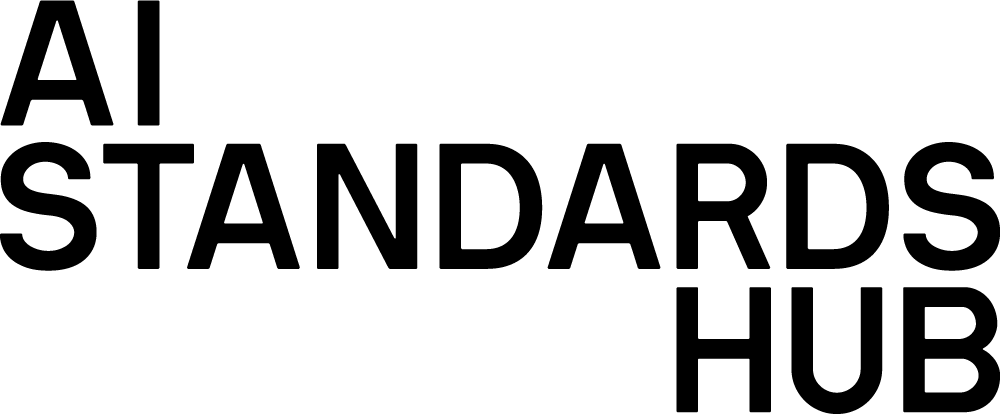Standards Database
Find information on AI-related standards using the search and filtering capabilities below. This database currently covers more than 500 relevant standards that are being developed or have been published by a range of prominent Standards Development Organisations.


